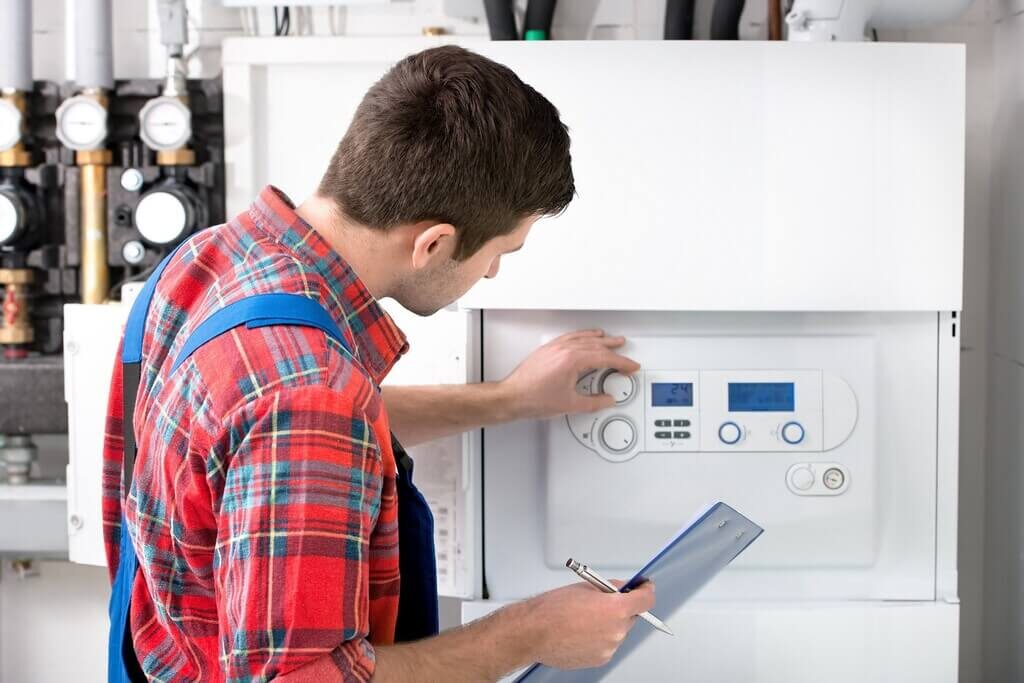Explore this post with:
Everybody wants to keep their house warm during the colder months. With energy prices increasing and the cost of living also soaring at the moment, it is important to be as efficient as possible when it comes to heating your home. We thought it would be a good idea to put together this quick guide, with 5 tips and tricks to keep the heat inside this winter.
1. Insulation

There are different types of insulation that are worth considering.
Wall Insulation
There are several types of wall insulation and the type best suited to your property depends on how it was built. Cavity wall insulation (for houses built after 1920), fills the void between a cavity (two walls with an air gap in between).
Insulation material is simply placed in the existing gap. In older homes (generally built before 1920) solid walls themselves are pretty good insulators. However, it is possible to insulate a house like this with external or internal insulation
Floor Insulation
If you want to prevent heat loss in your house, you might consider insulating your floor by using carpets with good quality underlay. If you have wooden, or laminate floors then there are effective thermal layers that go underneath the floor. Many people opt for underfloor heating these days, and this generally has pretty good insulative qualities.
If you are considering replacing the flooring of your home, talk to a professional to find the best options to suit your needs.
Loft Insulation
We all know that heat rises, so one of the best ways to keep the heat in is to insulate the loft space. There are many ways to do this and it can be a relatively inexpensive DIY job that will definitely help to eliminate heat leaks and lower your bills.
2. Check Your Radiators and Your Boiler

Checking your radiators after summer is one of the most important things to do. Bleeding radiators to release any air pressure means your radiators will heat more evenly. Start with bleeding your radiators in the upper level of your home. Then move down to the bottom floor and do the same.
Most reputable plumbers and heating engineers will recommend yearly boiler servicing. Ideally, this will be done before winter so that any potential issues can be dealt with before they cause problems.
Nobody would like to wake up during wintertime to discover that their boiler has broken down and they need an emergency repair or replacement.
3. Stop Heat Escaping Through Windows & Doors

Curtains are a great way to prevent heat loss during the winter months. Windows are incredibly leaky when it comes to keeping the heat in. Curtains can greatly reduce the exchange between the cold air from the window and the warm room. The same can be said for front and back doors too.
Generally speaking, the thicker the curtains, the better insulation they provide. It is definitely worth considering thermal lining as this will help retain more heat. It’s possible to get bespoke made-to-measure curtains made in any style too, so curtains can have aesthetic and practical qualities.
4. Add Some Layers

If you have a wooden floor in your house, popping rugs could make a big difference during winter (especially if you like walking barefoot!). There are different types of rugs to choose from in terms of materials and styles. It is best to opt for something naturally insultive, for example, wool rugs, or even sheepskin rugs.
Blankets, throws, and cushions can also make a difference when you settle down. Whether on the sofa or the bed, having additional layers may mean you can drop the temperature on your thermostat and save on the heating bill.
5. Find and Remove Any Drafts

While you may like a cold breeze running through your house in the summer months, a lot of heat can escape through windows, doors, and air bricks. Identifying any drafts in your property can save a fair amount on monthly heating costs.
Conclusion
There are easy ways that you can DIY to improve heat loss in your windows and doors, for example applying self-adhesive foam to window frames, fitting draught excluder to your doors, and adding a second flap to your letter box. All these little improvements can help you with keeping the warmth in.
Discover More
About the Author: Nishant Desai
Nishant Desai has over 8+ years of experience in SEO and blogging. His blogging expertise can organically increase online visibility and traffic for blogs and websites. With his SEO expertise, he has already contributed to iGeeksblog, Firstsportz, and Firstcuriosity. In addition, he can create content strategies, conduct keyword research, publish optimized blogs, and resolve technical issues.




